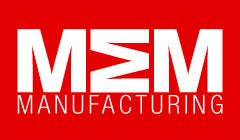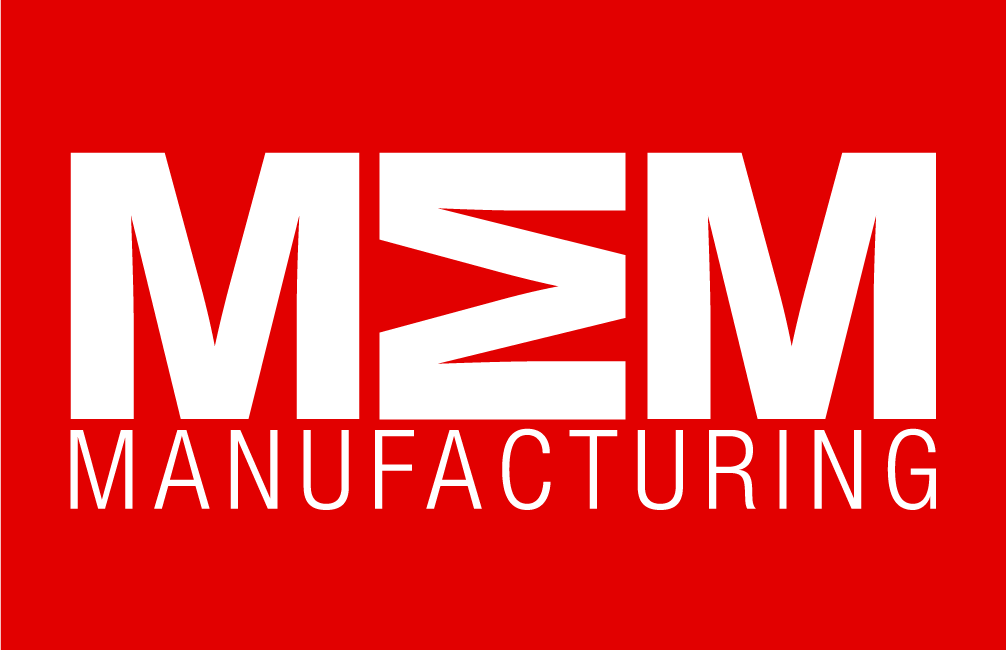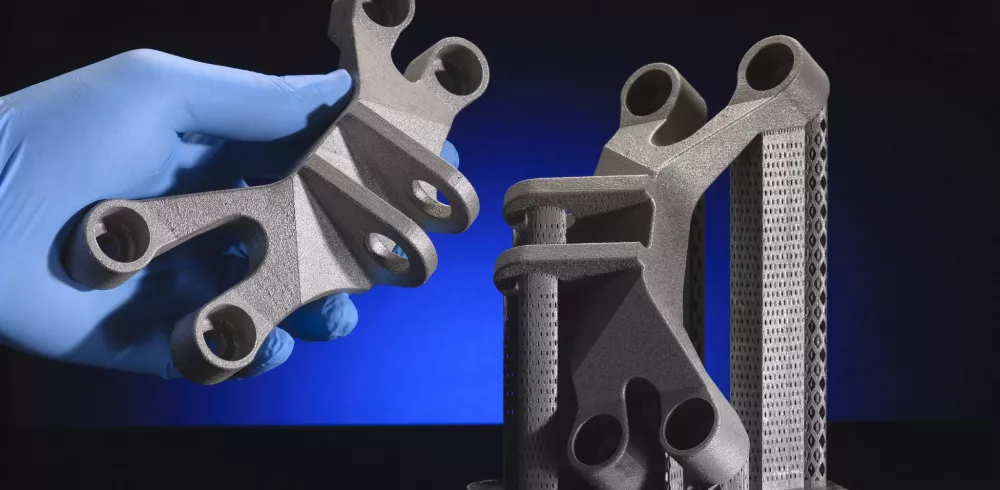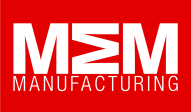A consortium of innovatively minded companies and organisations is embarking upon the new METAMET project, proposing a digital framework for the design and additive manufacture of lattice metamaterial structures, having successfully secured funding from Innovate UK under the UK Government’s Resource Efficiency for Materials and Manufacturing (REforMM) programme.
The concept behind the winning proposal was developed by consortium members Authentise, NS85Ltd, Holdson Limited and the Joining 4.0 Innovation (J4IC – a strategic partnership between Lancaster University and TWI Ltd). The aim of the project is to identify a comprehensive and traceable way of optimising 3D printed parts using lattices; namely intricate, repeated patterns that can give additional material properties, such as directional cooling, reduced vibration and enhanced crack resistance, to parts.
Metallic microlattices, in particular, have the ability to enable extremely lightweight structures, with high strength-to-weight ratios that also have energy absorption properties, mechanical strength, thermal management capacity and design versatility. This makes lightweight structures such as these, highly appealing to industries including aerospace, automotive and transportation, where weight reduction is crucial to fuel efficiency and overall performance.
However, there are challenges in designing and manufacturing lattice metamaterials including: the handling of what are intricate and geometrically complex structures, the identification of suitable materials; the need to develop sophisticated new fabrication techniques that can enable the production of these precise structures; and addressing scale and size limitations to facilitate mass production while maintaining the desired properties.
The project’s response to these is to harness advanced computational tools, optimisation techniques, material science expertise and innovative manufacturing approaches to overcome the challenges involved, and achieve the desired mechanical, acoustic or electromagnetic properties in lattice metamaterials.
Therefore, research and development (R&D) activities on METAMET will be targeted at delivering an end-to-end digital framework covering the whole spectrum of steps required to design and manufacture metallic microlattices. Work will include: materials selection, such as aluminium, titanium and/or steel alloys; concept design of the lattice structure and cell geometry, design implementation using computer-aided design (CAD); simulation and optimisation to evaluate properties such as the structure, behaviour, strength-to-weight and energy absorption capacity; additive manufacturing using powdered metal, post-processing; testing; and characterisation. Following validation of the design and fabrication stages, the final goal will be to scale-up manufacturing for real world deployment, via options such as the use of custom manufacturing equipment or partnering with specialised manufacturing facilities.
Professor Darren Williams, Director of the Joining 4.0 Innovation Centre (J4IC) said “J4IC is delighted to be part of this exciting new project which has the potential to offer substantial benefits to major industry in the manufacturing of lightweight parts and structures. As well as developing proprietary new technologies, METAMET will support the wider environmental goals of reduced materials consumption and carbon emissions by enabling the production of lightweight parts using less energy. In turn this will contribute to the lightweighting of larger structures and their fuel efficiency when operational.”
The METAMET project secured funding from Innovate UK under grant agreement No. 10081046 and has an 18-month duration.
Example image shows a bespoke, additively manufactured engine lifting bracket. Use of additive manufacturing (AM) enabled the titanium component to be optimised for weight saving and material wastage, with emphasis on critical features and designs for AM.
Manufacturing & Engineering Magazine | The Home of Manufacturing Industry News
















